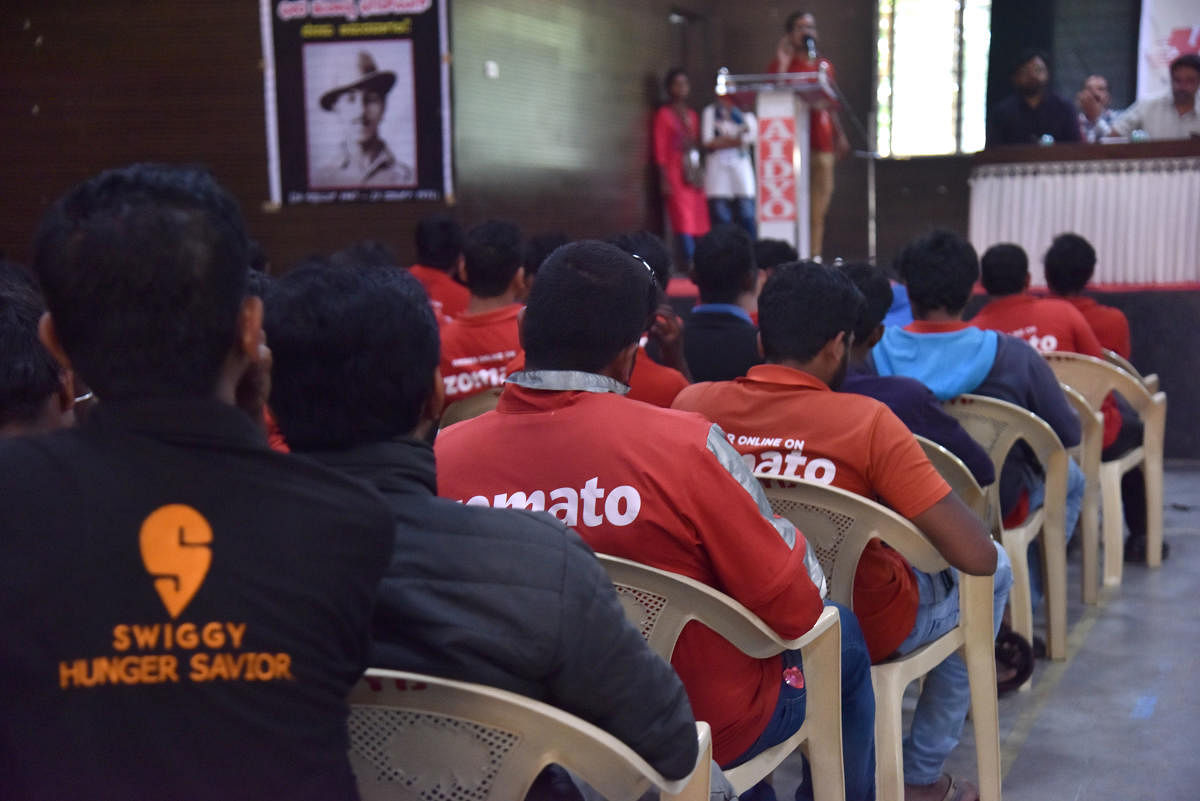
As technological advancements and innovations continue to emerge, nearly every aspect of the world’s functions has radically changed, including how we work.
Previously, the mention of the word ‘gig’ evoked images of performing artists or part-time workers. However, today, gig working has transcended into being a mere side hustle and has become a primary source of income for many.
As reported by ASSOCHAM, domestic gig sector is poised to increase to $45 billion at a compound annual growth rate of 17% by 2024. It is now emerging as a different, mainstream option across industries. According to another study by BCG and Michael and Susan Dell Foundation, India’s gig economy is expected to create nearly 2.4 crore jobs within the next 3-4 years and could soar to a colossal 9 crore jobs in 8-10 years. This monumental increase will result in the total transactions in the gig economy being valued at $250 billion, contributing to a 1.25% increase in India’s GDP.
However, with city-based gig work offering a myriad of employment opportunities and substantial monetary compensation, farmers from rural areas have begun to migrate in large numbers in search of a constant source of income. Given the growing population and demand for food, this will severely impact agricultural production. The need of the hour is to generate additional income for those involved in agriculture and build a rural gig economy to ensure our food system does not collapse.
The green shoots
For centuries, the farming and agricultural ecosystem has followed conventional, age-old farming techniques and tools. Unfortunately, it has been one of the few sectors that have been relatively slow in technology adoption. Agri-tech is here to change that and revolutionise how farming is carried out. The rise of Agri-tech platforms has been a boon for the entire industry as it gradually integrates technology into its operations, resulting in the betterment of livelihoods, farm output, and efficiency.
By leveraging the power of AI, ML, IoT, remote sensing, and other new technologies, agri-tech platforms are enabling the sector to adopt a scientific and sustainable approach to farming at scale. Additionally, by creating multiple blue-collar jobs in the agriculture sector, agri-tech players are enabling the creation of a gig-based ecosystem in India’s hinterlands.
Need for rural gig ecosystem
It is crucial to reverse rural talent migration to urban areas to ensure India’s food security and establish it as the world’s food basket. Agri-tech companies can help bridge the gap. Most of them are trying to transform the Indian agriculture sector through cutting-edge tools and techniques such as marketplace of services, farming as a service, traceability, transparency in supply chains, and smart, sustainable farming.
These platforms are building the next generation of farmers and, in turn, giving rise to an agriculture-based gig economy work model for the rural youth. Prolific increase in smartphone penetration in rural India has acted as a catalyst in helping the rural youth overcome their vulnerabilities and helped them embrace these new and evolving livelihoods.
By leveraging the smartphone revolution and e-learning modules these youth are trained and upskilled on the latest technologies, certified and onboarded to gig economy platforms for entering such a workforce. Once trained, they are ready to start offering services to farmers, retailers, aggregators, traders – the entire ecosystem around agriculture. They assist farmers to bring their farms online and help them with crop advisories, machinery booking, checking for product authenticity, and the like. Some of them train to become operators who run these machines. Such a gig workforce is routinely trained in new practices around agriculture, and they, in turn, educate and enable farmers with digital adoption and agri input services at the ground level.
Empowering women in agriculture
Women have long been one of the key contributors to the sustenance, growth, and development of the agriculture sector. Nevertheless, they remain the invisible workforce – the unseen and unsung farming heroes, despite doing most of the heavy lifting in the fields, primarily due to societal barriers that fuel gender inequality. Agri-tech platforms are going the extra mile to build gender inclusiveness. Their tech-based platforms bring more women into the rural economy by educating them about technology, digitisation, and money management and empowering them to join the workforce.
Summing up
Rural India’s gig economy journey may have just begun, but it has already created ripples in the agricultural segment. It generates more employment opportunities, educates and empowers women in agriculture, and fosters a robust agrarian ecosystem. It is only a matter of time before this growing workforce transforms Indian farming forever.
(The writer is the chief operating officer & business head of Nurture.farm)